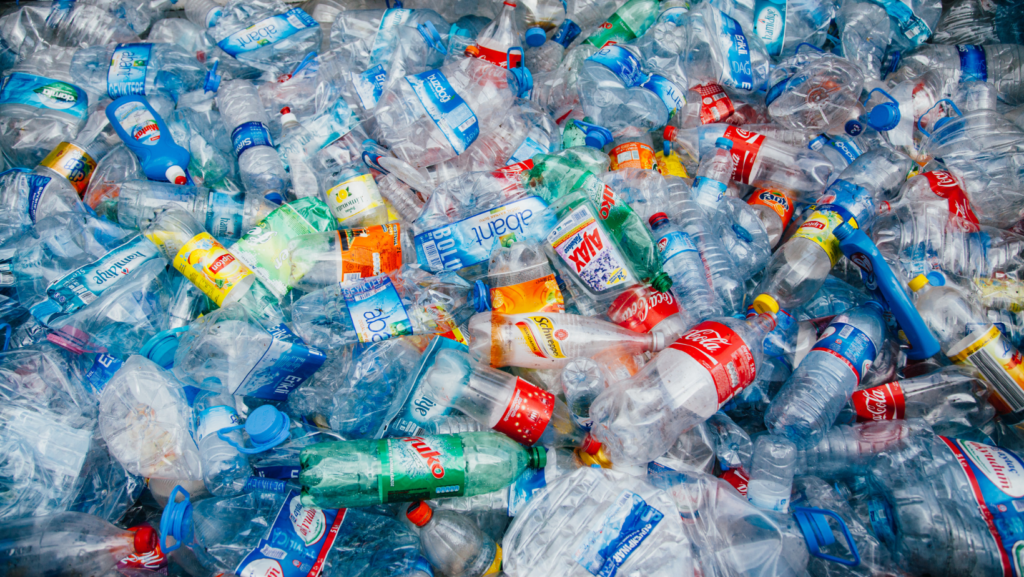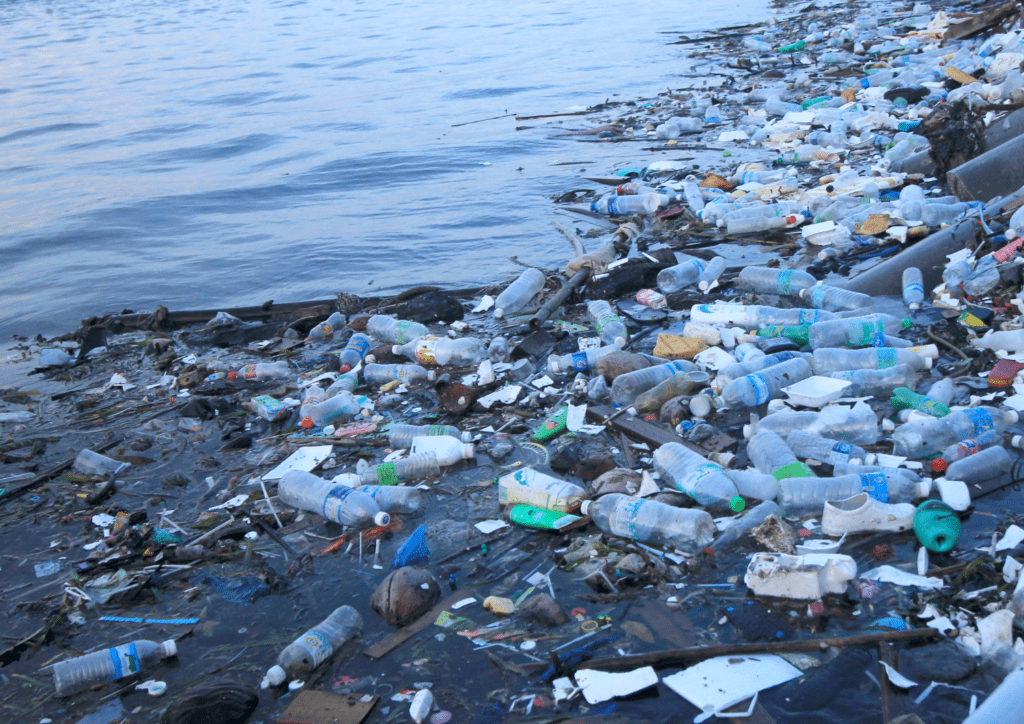We got some bad news in November of 2023: a federal court judge ruled in favour of Big Plastic’s self-serving arguments and against the government’s approach to regulating plastic pollution. But what does this mean for regulating plastics in Canada?
Are single-use plastics still being banned in Canada?
The good news is, the federal government has succeeded in keeping the single-use plastic bans in place while it appeals the Federal Court ruling that quashed the listing of plastic as toxic under the Canadian Environmental Protection Act. This is a great decision and a first step to restoring the federal government’s full range of power to act on the plastic pollution crisis.
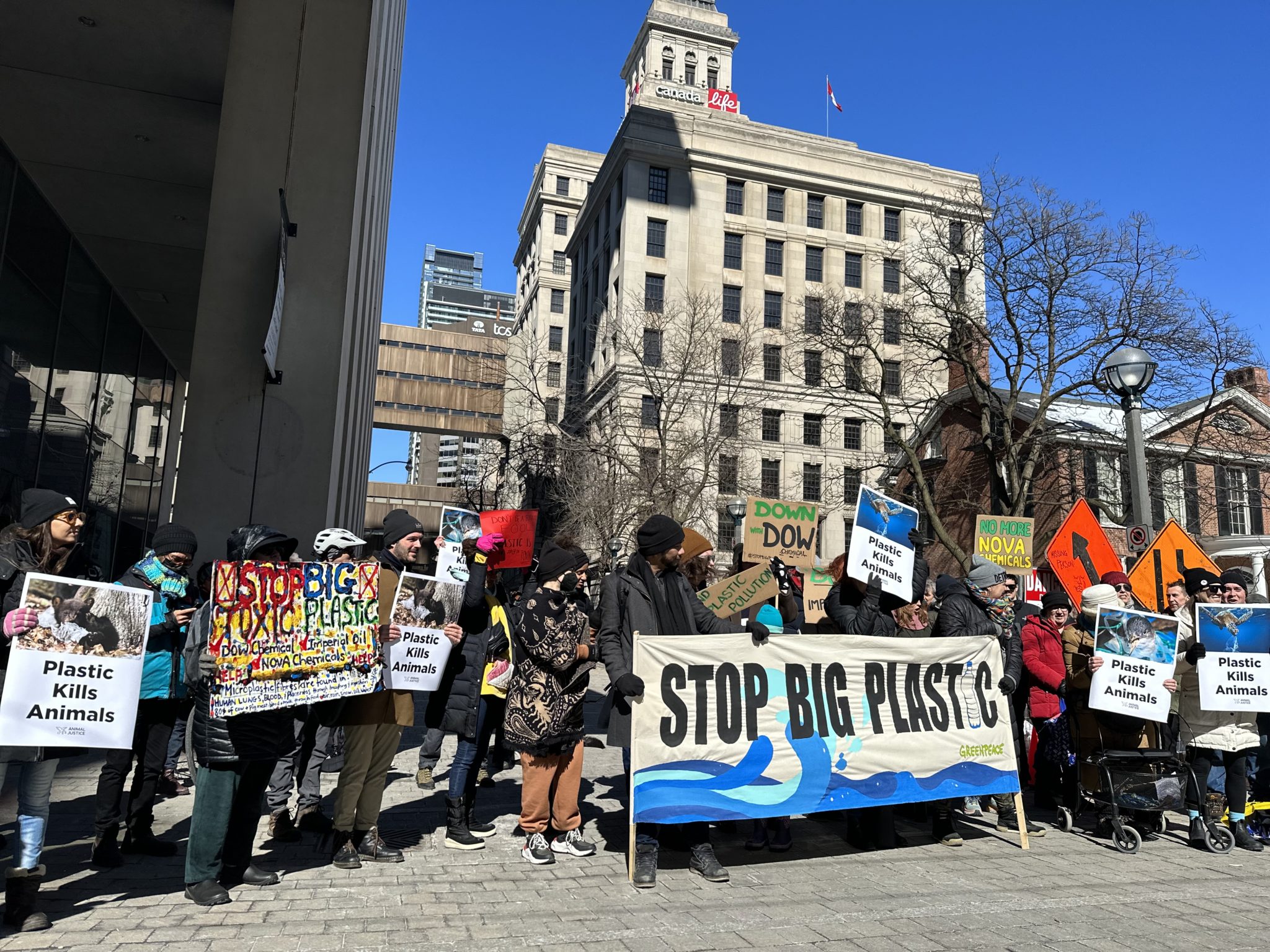
The bad news is that the judge said that the government’s decision to declare “plastic manufactured items” toxic under the Canadian Environmental Protection Act (CEPA) wasn’t legitimate. This is a problem, because most of the government’s proposed regulations to-date, including the single-use plastic bans, were built off that initial toxic designation. So if the federal government is not successful with its appeal, the single-use plastic bans could be under threat. We plan to support the appeal in whatever way we can and we hope you’ll join us, because the science is clear: plastics are toxic to the environment.
Should plastic be banned in Canada?
Some plastics do need to be banned—especially single-use items that are designed to be used once and thrown out. Plastic never really goes away, it just breaks down into smaller and smaller pieces. It absolutely needs to be tightly controlled or it will overrun our earth and fill our bodies. If we don’t put the brakes on, the amount of plastic used around the world will likely double by 2050 and the amount of plastic waste will triple by 2060. We can’t afford that.
Nobody—except Big Plastic—wants to go back to the days of drowning in trashy single-use plastics. Before the bans, people in Canada would go through, on average, nearly 9 checkout bags per person per week. That’s more than 1100 bags per household every year! They were everywhere. It was common to see torn bags caught in tree branches, floating in streams and washing up on beaches. Our takeout orders were full of plastic stuff we’d use only once, if at all.
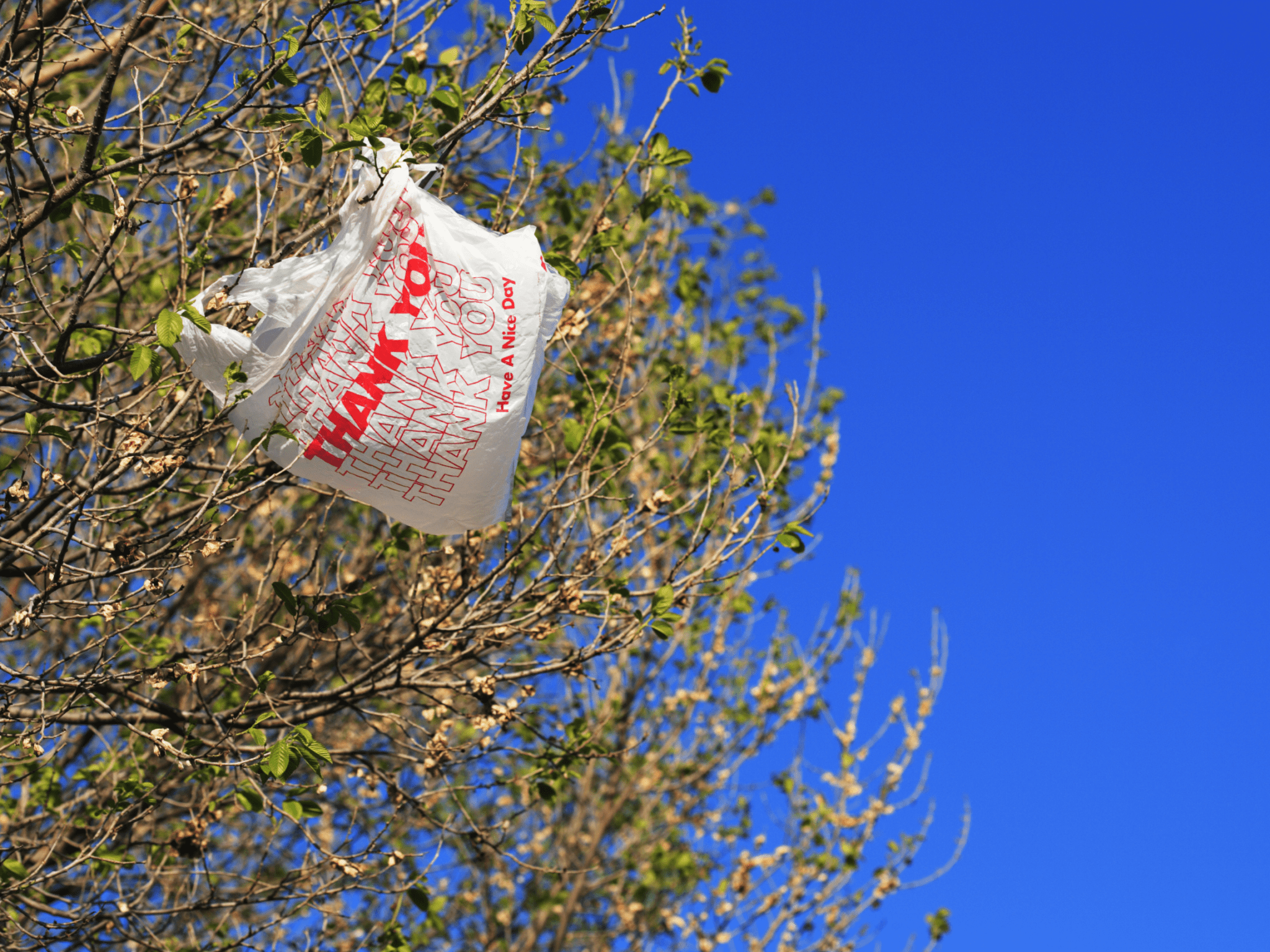
Now we’re getting used to living differently—and it’s a joy to reduce our single-use plastic footprint. The so-called convenience of single-use plastics is certainly not worth the damage to our environment and the risks to our health.
How can we stop plastic pollution?
Big Plastic is throwing around its money and legal arguments trying to undo regulation of plastics because it profits from a throwaway society. But it won’t stop us. The companies at the forefront of the legal challenge are the biggest producers of plastic in the country. The fact that they pursued legal action against the government proves that federal action—including bans on single-use plastics—is a real threat to their current wasteful ways.
Despite the setback in the courts, we must keep working to turn the tide on plastic pollution, including additional bans on harmful single-use plastics—things like plastic takeout containers and cups, films, pouches and filtered cigarettes. None of these things are recycled, and they are often found littered in nature, where they cause harm to ecosystems and wildlife.
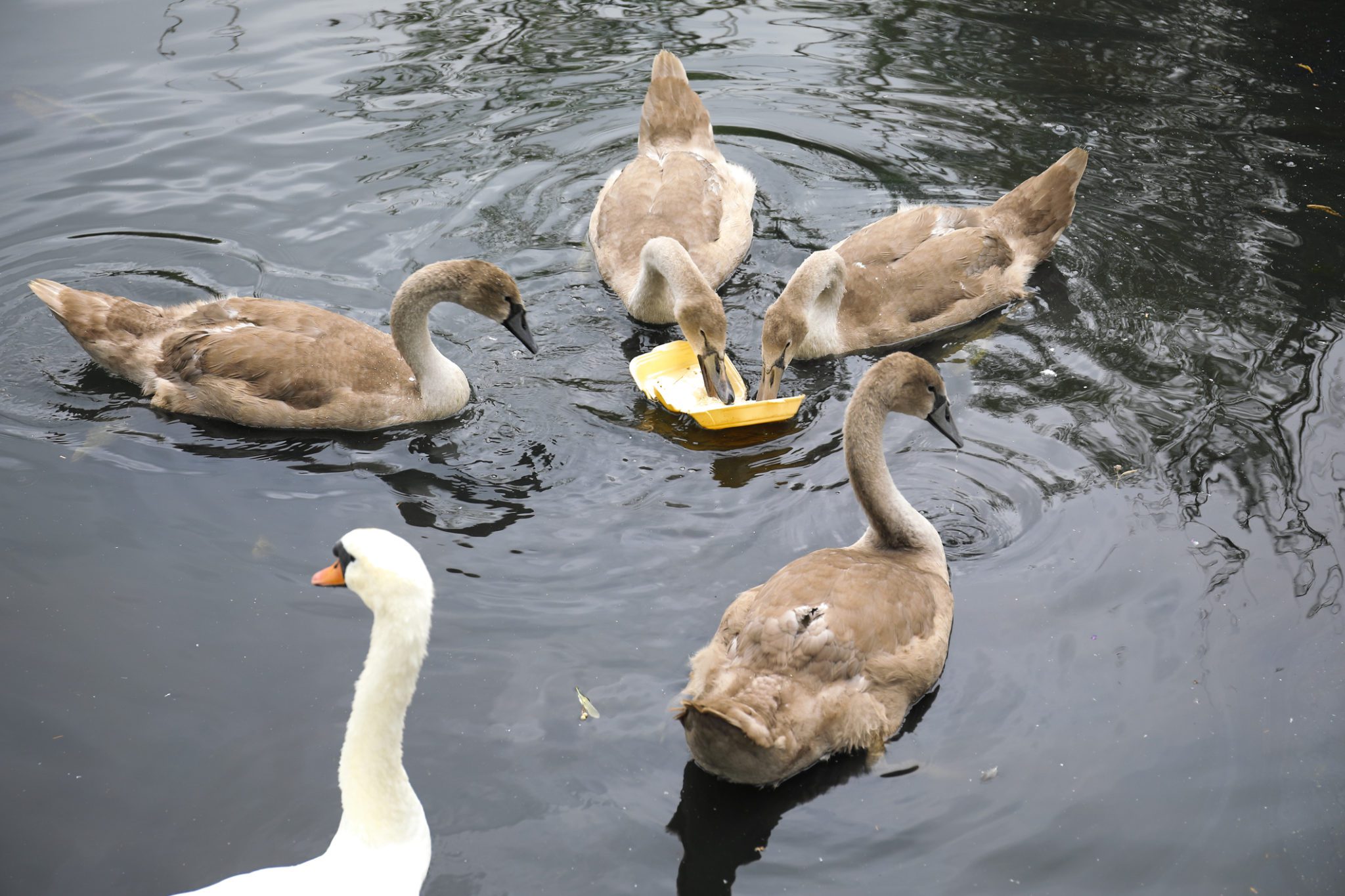
The real solution to the plastic pollution crisis is to phase out single-use products and packaging altogether. That will require the development of widespread, convenient and affordable reuse systems for packaging and containers. And thankfully, the court ruling does not affect the federal government’s ability to support these kinds of systems across Canada. We must act now. There is no time to waste.







